Key Highlights
Sensory processing is how the brain takes in and reacts to things like sounds, touches, and sights.
Sensory processing disorder, or SPD, changes how kids handle sensory input.
A child with SPD may not like to touch some things, see bright lights, or hear loud sounds.
Kids with sensory issues often find it hard to eat because smells, tastes, and the eating space can bother them.
Occupational therapy is a good way for kids with SPD to get better at handling sensory input.
There are ways to help children feel better, like setting up sensory-friendly routines.
Introduction
Sensory experiences shape the way we live every day. For children who have trouble with sensory processing, these experiences can be harder. The brain has to make sense of sensory input all the time. How we feel or act can change because of this. Sensory integration is when different senses work together to help us respond the right way. If sensory responses are not working well, people such as occupational therapists can help. A child may find it hard to eat, spend time with others, or learn in a classroom because of sensory problems. These children need special plans that match their sensory needs.
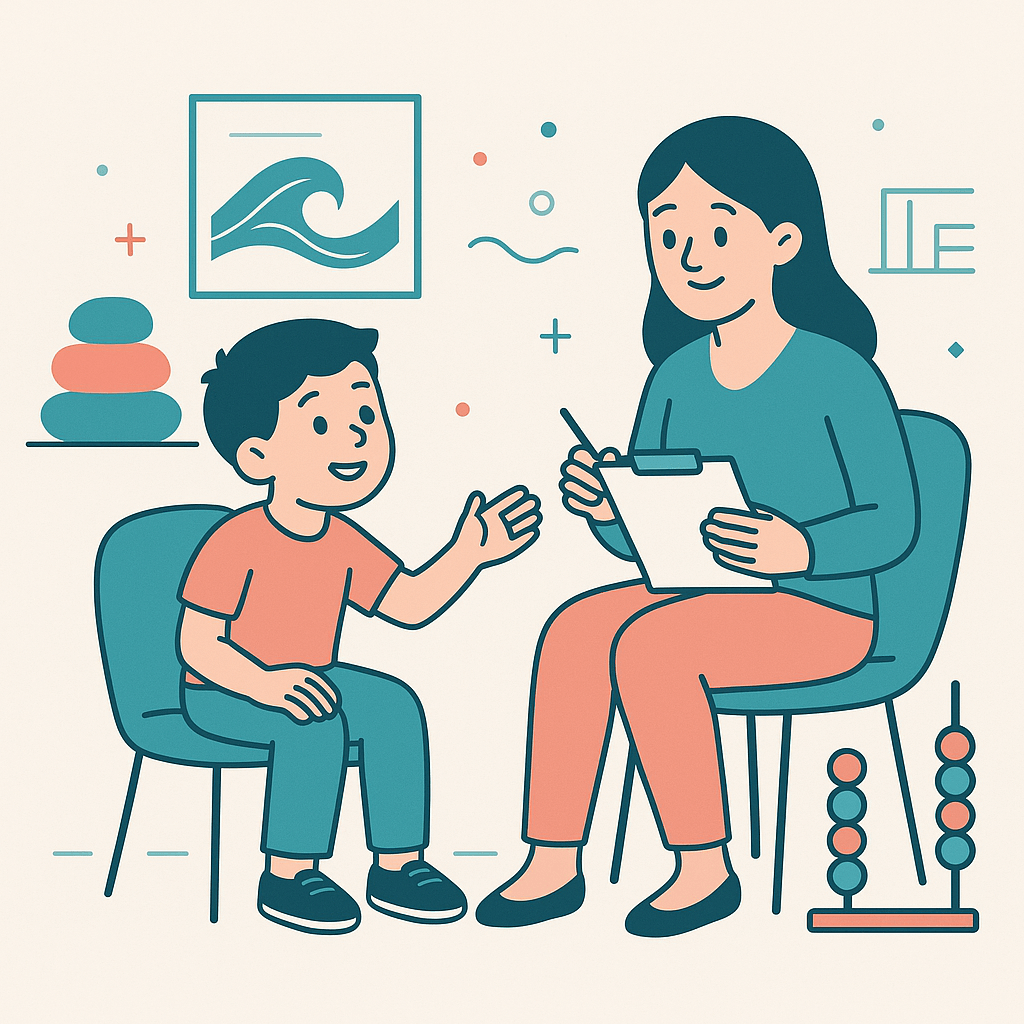

Identifying Sensory Processing Issues
To know if your child has sensory processing issues, start by looking at how they act every day. Some kids may feel things too much, and some may not feel things enough. A child with sensory processing problems might feel upset or want to stay away from some sounds, sights, or touches. You can often see signs of sensory processing issues when they eat, play, or use their senses during normal activities.
Many parents and caregivers feel stressed when their child acts this way. It can make simple, daily routines feel hard. This often leads to everyone feeling upset. If you have these same feelings, you are not alone. An occupational therapist with skill in sensory processing can help. They will use simple steps and give good advice to make things better for you and your child.
What are Sensory Processing Issues?
Sensory processing is how the brain understands and uses what we hear, see, touch, and feel both inside and outside the body. If a child finds it hard to deal with this sensory input in the right way, it may be a sign of sensory processing disorder, or SPD. A child can also have sensory discrimination disorder, which is a type of SPD. When someone has SPD, their brain finds it hard to handle sensory input like sounds, sights, touch, or body awareness. This can make it hard for kids to do simple things. It can also make it tricky for them to control their feelings.
SPD can look different in each child. Some kids try to avoid sensory input. Others always want more sensory stimulation. A child who does not like sensory things may not want to touch some textures or hear loud noises. Another child who loves sensory information might always want rough play or spend a lot of time on a playground that is loud. If children struggle to handle how they take in sensory input, it can make them feel strongly. This may cause tantrums or meltdowns, especially when there is too much going on at one time or when they feel tired.
When you deal with sensory challenges or SPD, it is important to get help from trained people. Occupational therapists look at how kids feel with different sensory issues. They find out what your child’s sensory preferences are. They can also make plans so children get used to these sensory issues. This way, kids have a good time in their day-to-day life.
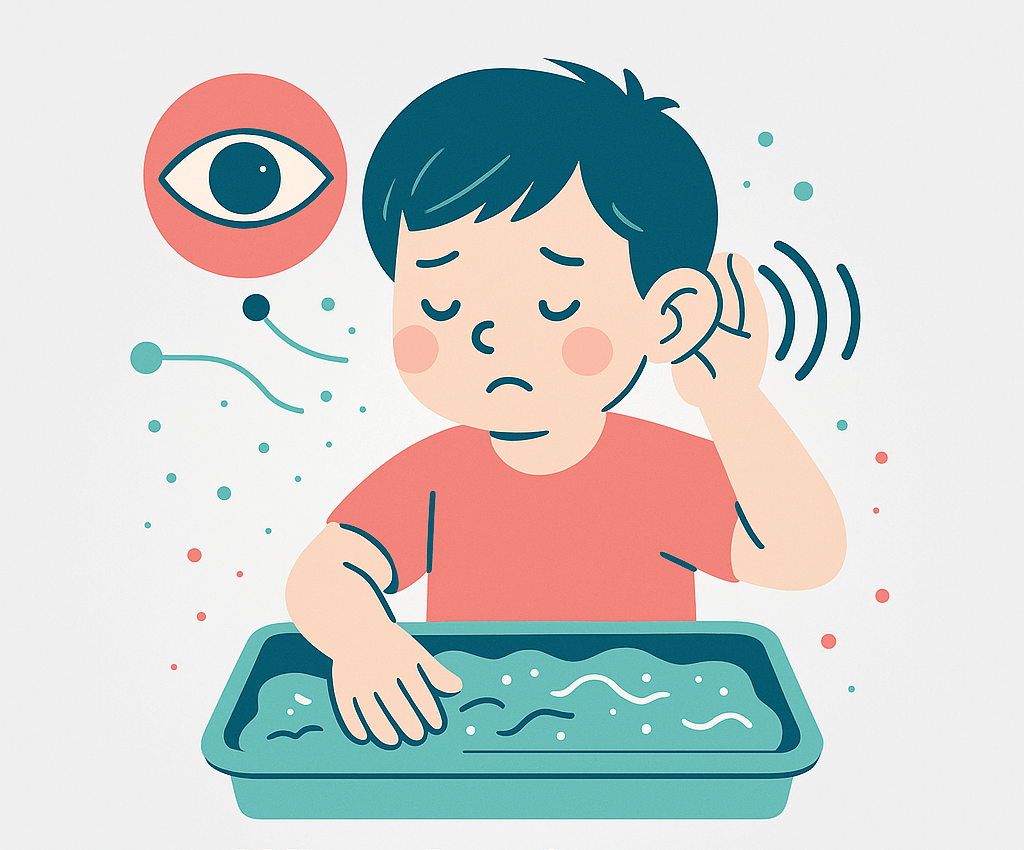
Common Signs and Symptoms in Children
Signs of sensory issues in children can show up in many ways. Kids with sensory challenges often feel worried or uneasy in the world around them. A young child who has sensory problems may not like some textures. You might see this happen with the food they eat or the clothes they wear. These things can make them feel upset, so they might say no to them.
There is not an official set of diagnostic criteria for SPD yet. Still, healthcare providers look for certain symptoms of SPD. Pediatricians and occupational therapists use what they know to notice these behaviors. When they see these signs, they might suggest a sensory integration plan. This kind of plan can help children feel better about the things that bother them. It also helps them get more out of their daily life, like playtime, eating, and being with other people.

Understanding the Impact on Daily Life
Sensory processing issues can affect the way you or your child handle day-to-day life. The things that seem easy to other people can feel harder for you. This can also make it tough for a child to join in at school, to make friends, or to take part when the family is together. Sensory processing is a big part of how you feel, act, and be with others every day.
Sometimes, the trouble can be because someone does not like certain sensory stimulation. Other times, it can be that they do not know how to deal with the sensory input they feel. When this is the case, things like eating with others or being in the classroom can feel hard. Getting support from the right people and the right therapy can help a lot. These steps can help a child pick up social skills and find new ways to feel less stress by looking at their sensory processing and choosing what works best for them.
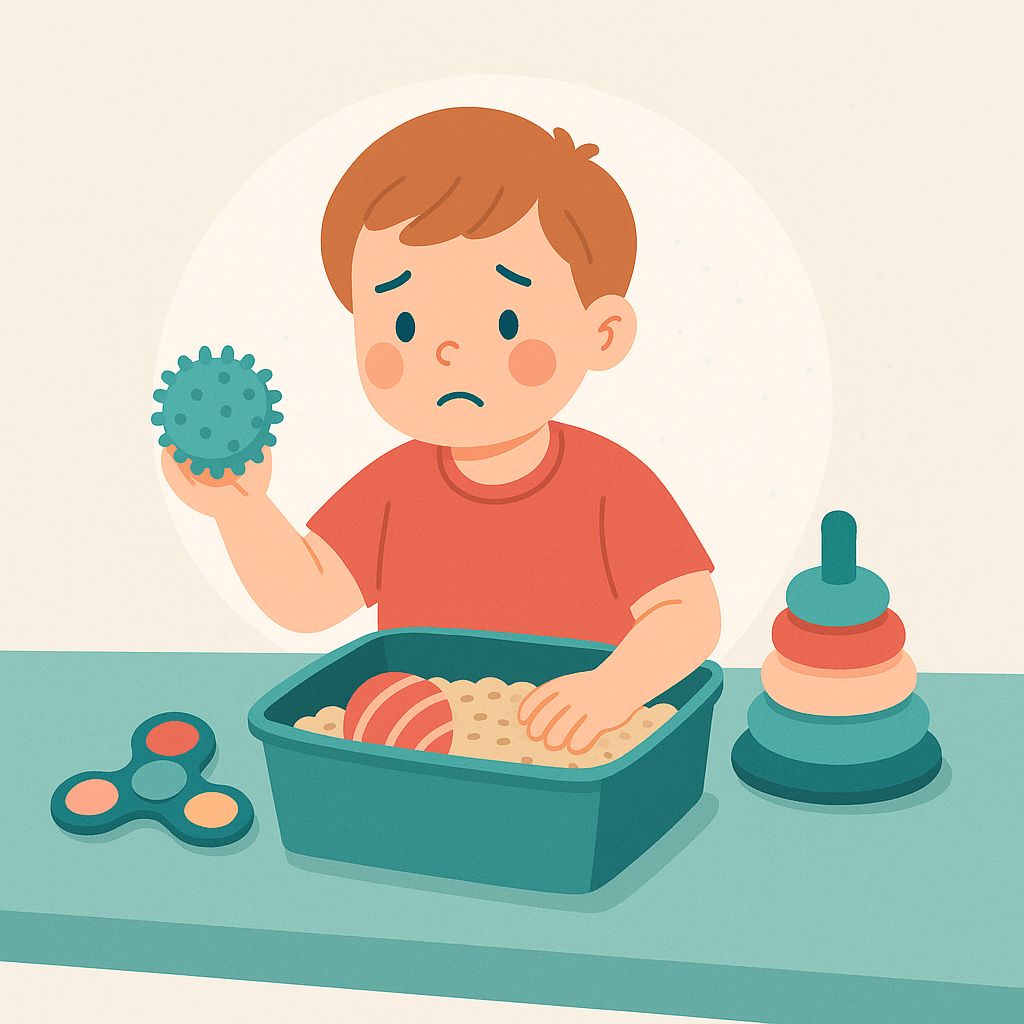
Challenges During Mealtime
Mealtime is often hard for a young child who has sensory processing issues. The feel, look, and even the smell of food can give too much sensory input to them. Some foods feel slimy, and this can upset them. A child may gag when tasting something with a strong feel or taste. Sometimes they may say no to eating at all when these sensory experiences feel too strong. This is very common in children who have problems with sensory processing.
It is not only about what is on the plate. Sometimes, the real challenges during meals come from how eating happens. There can be bright lights or loud sounds, and eating might feel rushed. All these things give the child more sensory input. This can make them feel too much, so they may not feel hungry or may find it hard to feel close to their family at the table.
Occupational therapy can really help with sensory processing. The people who do this work teach kids new ways to feel better during meals. A young child may feel calm if there are dim lights and not much noise. These simple steps can be good for them. A skilled occupational therapist shares sensory integration activities that help the child get used to tough things little by little. Over time, this helps the young child eat the food they need and be happy with their family at the table.

Effects on Social Interactions and Learning
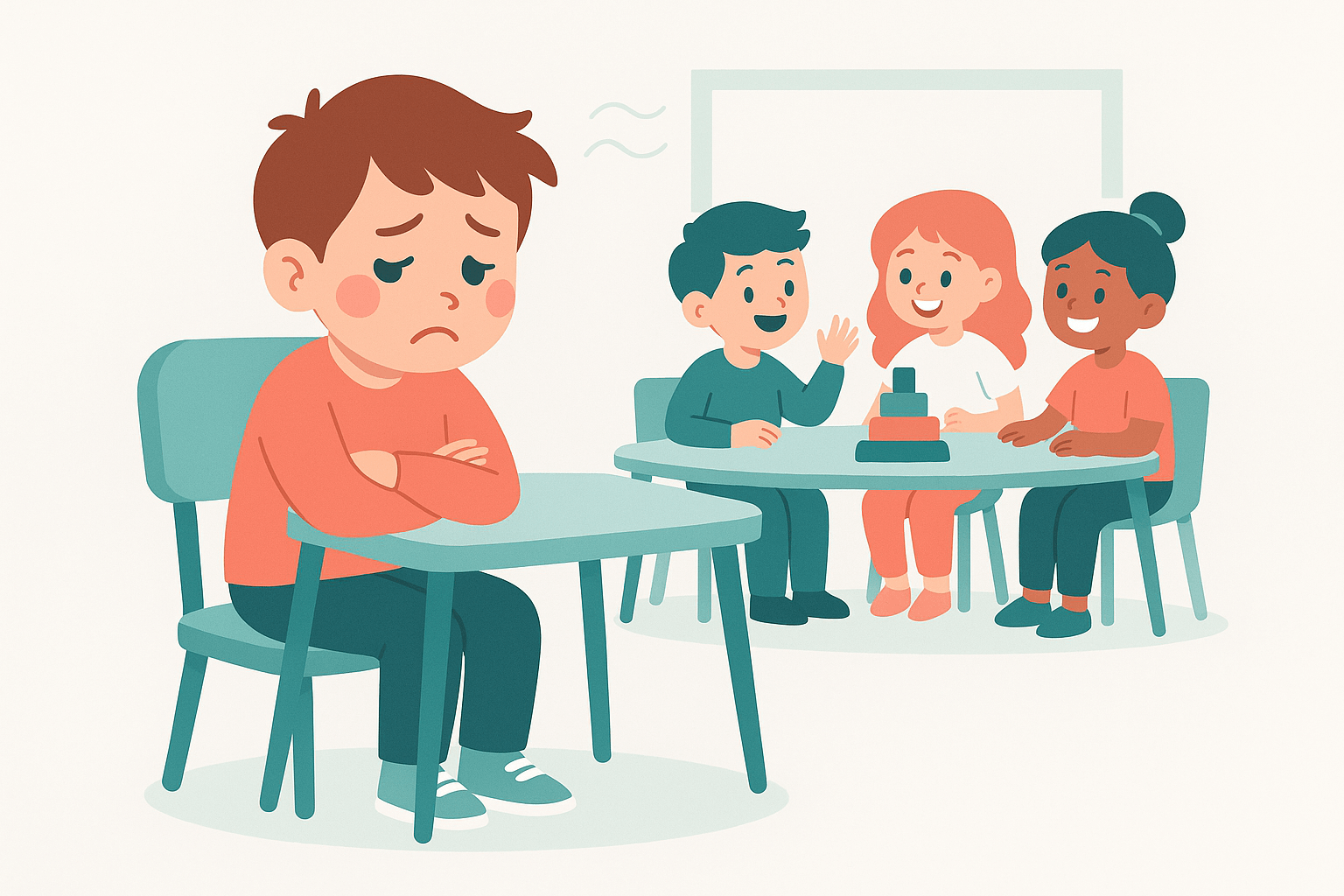
Sensory processing issues can make it hard for kids to connect with other people. This can often lead to social isolation. When a child finds it hard or just does not want to handle loud sounds or other types of sensory stimulation, they miss out on times to bond. For example, a child who is very sensitive to sounds or touch may avoid noisy talk or group games that need fine motor skills. This means they may pull away from other kids. Sensory processing problems around things like sensory stimulation or motor skills can get in the way. It keeps them from going out and being with their friends as much, making social isolation more likely.
Children with sensory processing issues can also have trouble learning. Sensory challenges can make it hard for kids to stay focused or pick up important information at school. For example, a noisy classroom can be too much for their brain. It takes time for them to sort out what is important. When they have too much sensory stimulation, they can’t pay attention or react the way they want. This can bring their grades down. It can also make them feel bad inside. So, sensory processing issues can affect both how they learn and how they feel.
Getting help from professionals who offer occupational therapy can help with social and learning problems that come from sensory challenges. These therapists know how to manage sensory stimulation, so it gets easier for kids to join in daily things. When you add sensory-friendly games and stick to set routines each day, this often brings down stress for the kids. It can build their confidence, help them feel good when they play and talk with others, and support them to do well in school.
Strategies to Enhance Mealtime Experiences
Helping children with sensory processing difficulties eat better means changing both the food and the place where they eat. You have to look at your child’s sensory preferences and see what works best for them. Some kids may not like the way certain food feels in their mouth, while others may not be okay with some food smells. A sensory diet can help your child get good nutrition, and it makes sure you do not make things harder for them. This is why paying attention to their sensory needs is important.
You can help a lot by setting a regular mealtime routine. Try to do calming things, like turning down loud sounds in the room. This can make the setting feel better for people who have sensory processing needs. If you use these steps, it can make mealtime easier for your child and also help the whole family feel less stress.
- Maintain a consistent mealtime schedule
- Use dim lighting and quiet background sounds
- Let the child engage with food at their own pace
- Create a peaceful eating environment free of distractions
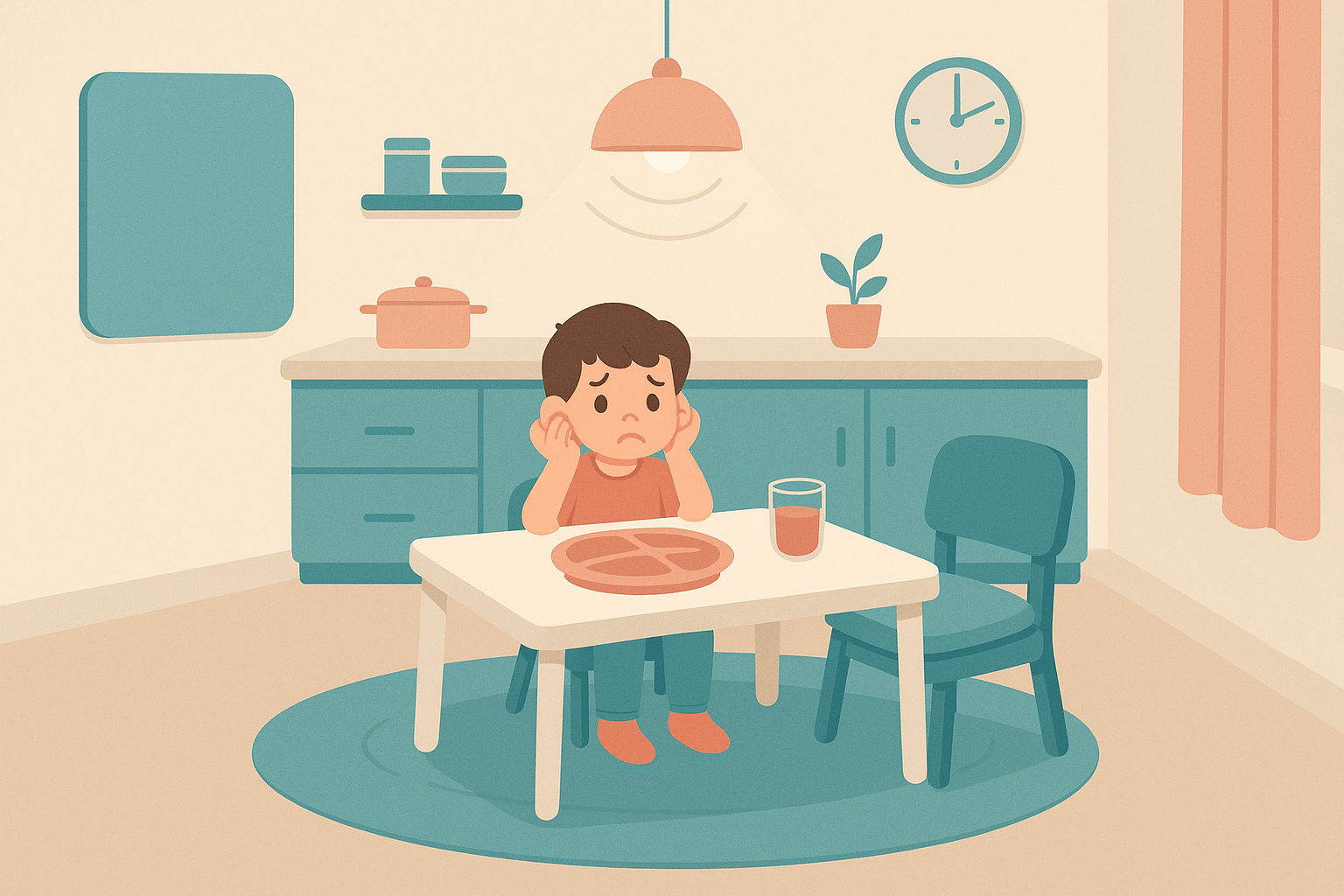
🌟 Take the Next Step in Supporting Your Child 🌟
Loved this guide? Dive deeper with our expert-designed resources!
📘 Explore our eBooks on Sensory Strategies, Routines, and Home Support
Start making everyday life more manageable—and joyful—for your child.
👉 Browse EduWave eBooks on Amazon
🔗 Looking for tools you can use right away? Bookmark or share this Sensory Support Guide with caregivers and educators!
Creating a Calming Mealtime Environment
A sensory-friendly space helps kids who have trouble at mealtime because of sensory processing issues. It is good to lower background noise and make lights less bright. This can make sensory triggers feel less strong. You can also use calming ideas like weighted seat pads or soft music. These can help kids feel more relaxed at mealtime. A good space can really help kids with sensory processing feel better about eating.

- Use soft or dimmable lighting to reduce overstimulation.
- Keep background noise minimal or play gentle instrumental music.
- Use weighted seat pads, textured placemats, or familiar objects for comfort.
- Designate a consistent seat for your child to promote routine and reduce anxiety.
Mealtime routines help make things feel more steady and calm. If you use sensory-friendly seats, like putting soft cushions on chairs, or pick the colors they like for their placemats, this can match their sensory preferences. This helps them feel more comfortable when they eat.
Using these ways can help the family have better mealtime moments. It takes the stress out of eating. Mealtimes feel more calm for everyone. It is also more sensory-friendly now.
Tailored Activities to Help Children with Sensory Issues
Creating special activities can help children with sensory processing feel stronger and be more confident. Sensory-friendly games, like doing puzzles or playing with touchable things, help with sensory integration. The kids also get to practice their social skills through these games. When you bring structure and routine into the day, it helps kids who have sensory challenges feel more at ease. This is because they know what to expect, which can calm them when their senses get too much at once.
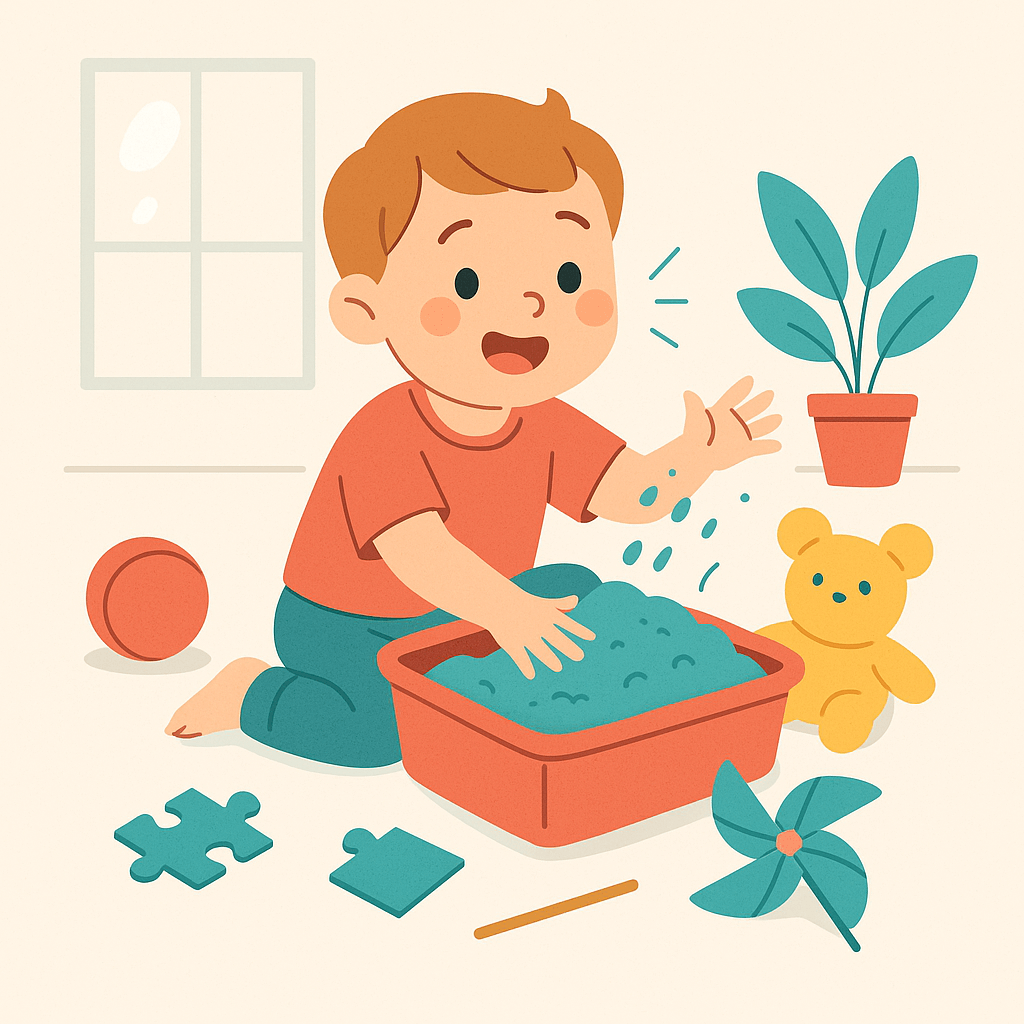
Activities must match what your child needs for their own sensory development. The child’s occupational therapist, who is specially trained, can give you tips and ideas for exercises. These exercises can help build your child’s motor skills. They can also help your child feel more sure of themselves when they talk and play with others. When you do this, it can make daily life better for your child and the whole family.
- Use activities that involve different textures (sand, rice bins, water beads)
- Include games that support social interaction like turn-taking or teamwork
- Incorporate fine motor tasks like puzzles or stringing beads
- Keep routines structured to reduce sensory surprises and transitions
Sensory-Friendly Games and Exercises
Sensory-friendly games can help with sensory input problems. They also help kids build motor skills. These games help kids feel calm and in control of their feelings. A child can use sensory bins that feel good to touch. They also can play with puzzles or soft toys. These activities help kids stay interested. The games give them a good way to practice how to solve problems, too.
All these activities are good for the sensory needs of children. They also give parents and kids a way to spend time together. This helps them build a stronger bond.

Importance of Routine and Structure
Setting up a daily routine can help kids who have sensory issues or sensory challenges. A clear plan each day can make the environment feel steady for them. This makes it less likely that sensory problems will come up and helps keep the mind calm. When the day stays on a set schedule, the child is less likely to feel overwhelmed. They can relax better and feel more at ease.

- Morning stretches or visual schedules prepare kids for the day ahead.
- Predictable steps help reduce anxiety and support smoother transitions.
- Mealtime, play, and bedtime routines promote balance and regulation.
- Family participation helps reinforce consistency and builds connection.
Doing things like simple stretches in the morning or thinking ahead about how to get from home to school each day can help children who have sensory challenges. These daily steps can let a child feel ready for each moment of the day.
It is better to keep routines simple when you are dealing with sensory challenges. The whole family should try to be a part of this. When everyone helps change their daycare routines, it helps children feel better. Children’s relationships with other kids can get better, too.
Professional Guidance and Support
Dealing with sensory processing can feel tough for both kids and those who care about them. It is good to get help from experts, like occupational therapists. They know how to give the best strategies that fit each person’s specific needs. This support can help with sensory input and sensory integration. These specialists have many good ideas and new ways that focus on different sensory challenges.
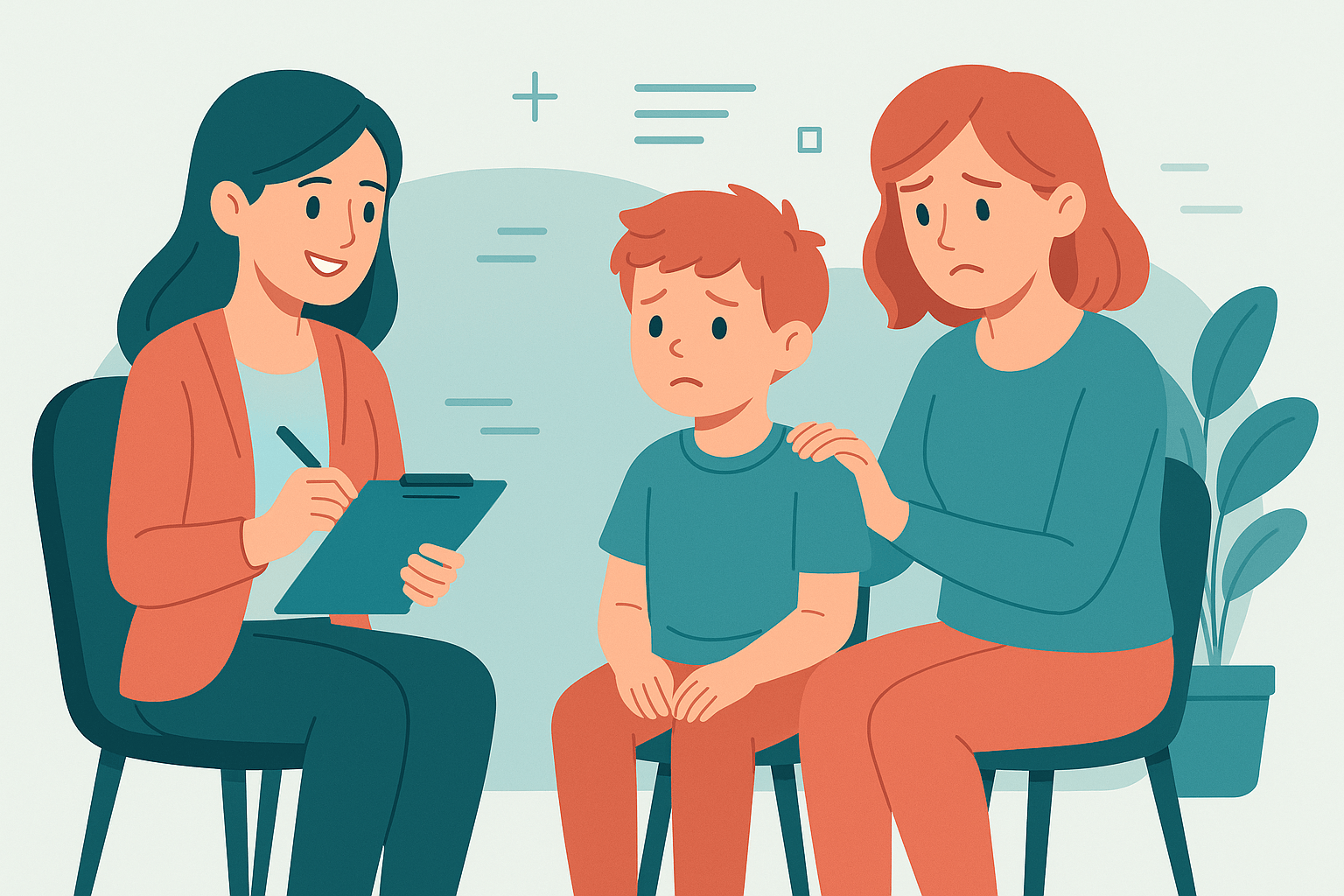
What they do can also help a child improve fine motor skills and gross motor skills. This work builds better body awareness. When everyone works together, including healthcare providers, children get all the support they need. This helps them take on everyday life better, even with sensory challenges that do not go away.
- Occupational therapists tailor strategies to the child's specific needs.
- They create sensory diets and integration activities for home and school.
- Progress tracking and routine adjustments are part of therapy sessions.
- Supportive guidance helps caregivers reduce stress and increase confidence.
🌟 Take the Next Step in Supporting Your Child 🌟
Loved this guide? Dive deeper with our expert-designed resources!
📘 Explore our eBooks on Sensory Strategies, Routines, and Home Support
Start making everyday life more manageable—and joyful—for your child.
👉 Browse EduWave eBooks on Amazon
🔗 Looking for tools you can use right away? Bookmark or share this Sensory Support Guide with caregivers and educators!
When to Seek Help from a Specialist
Signs of sensory processing problems often show up in a toddler’s everyday life. If your child keeps showing big or small reactions to things like sounds, textures, or lights, this can be a sign to learn more about sensory processing.
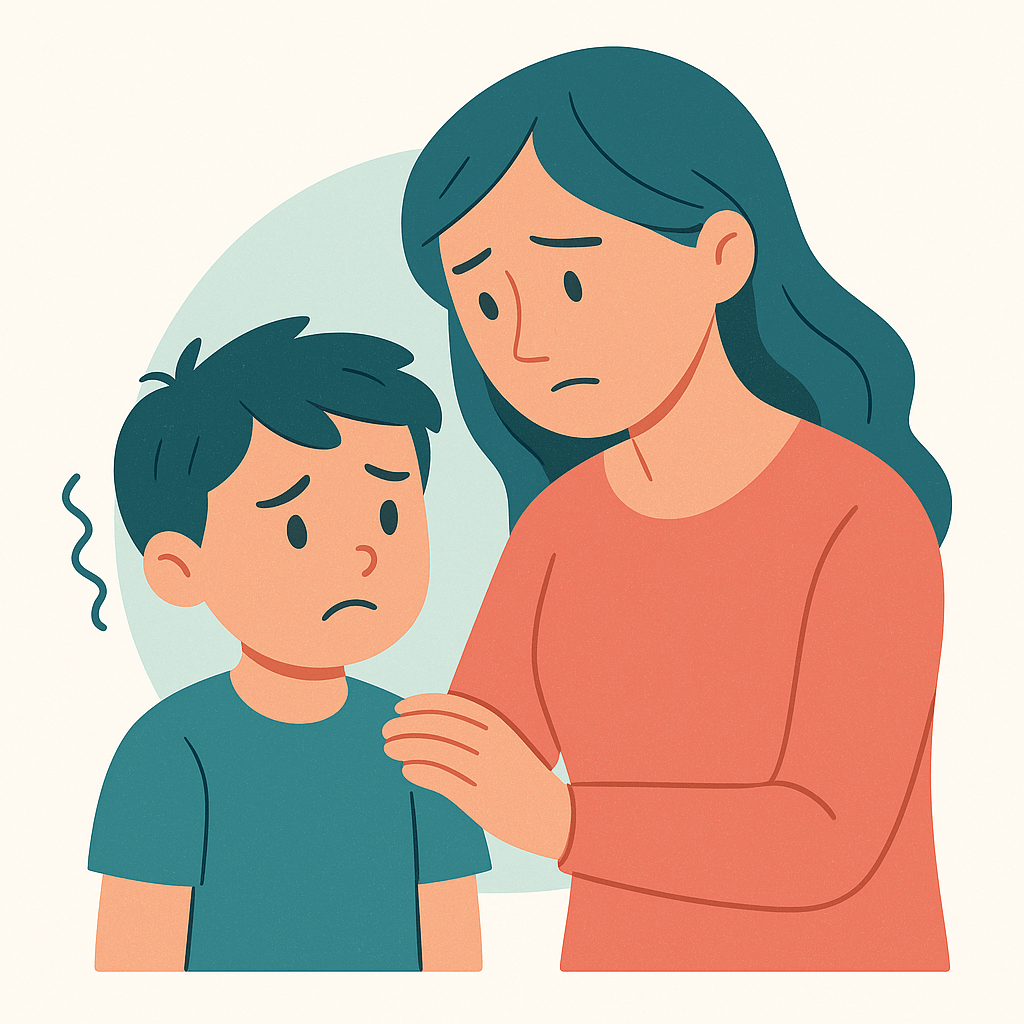
If your toddler has a lot of tantrums or spends time alone because of these issues, and it makes daily life hard for them, it is a good idea to talk to a healthcare provider. Meeting with an occupational therapist can give you important information about what to do next.
They can suggest sensory diets and the right accommodations to meet your toddler’s specific needs. This help can make a big difference in their development and in how they feel each day.
- Frequent meltdowns triggered by routine stimuli
- Withdrawal from social interactions and physical touch
- Extreme reactions to lights, sounds, or textures
- Disruption in eating, sleeping, or play patterns
What to Expect from Therapy Sessions
Therapy sessions for children who have sensory processing issues are made to fit what each child needs in everyday life. An occupational therapist, or OT, will look at the child’s sensory preferences, motor skills, and daily challenges.
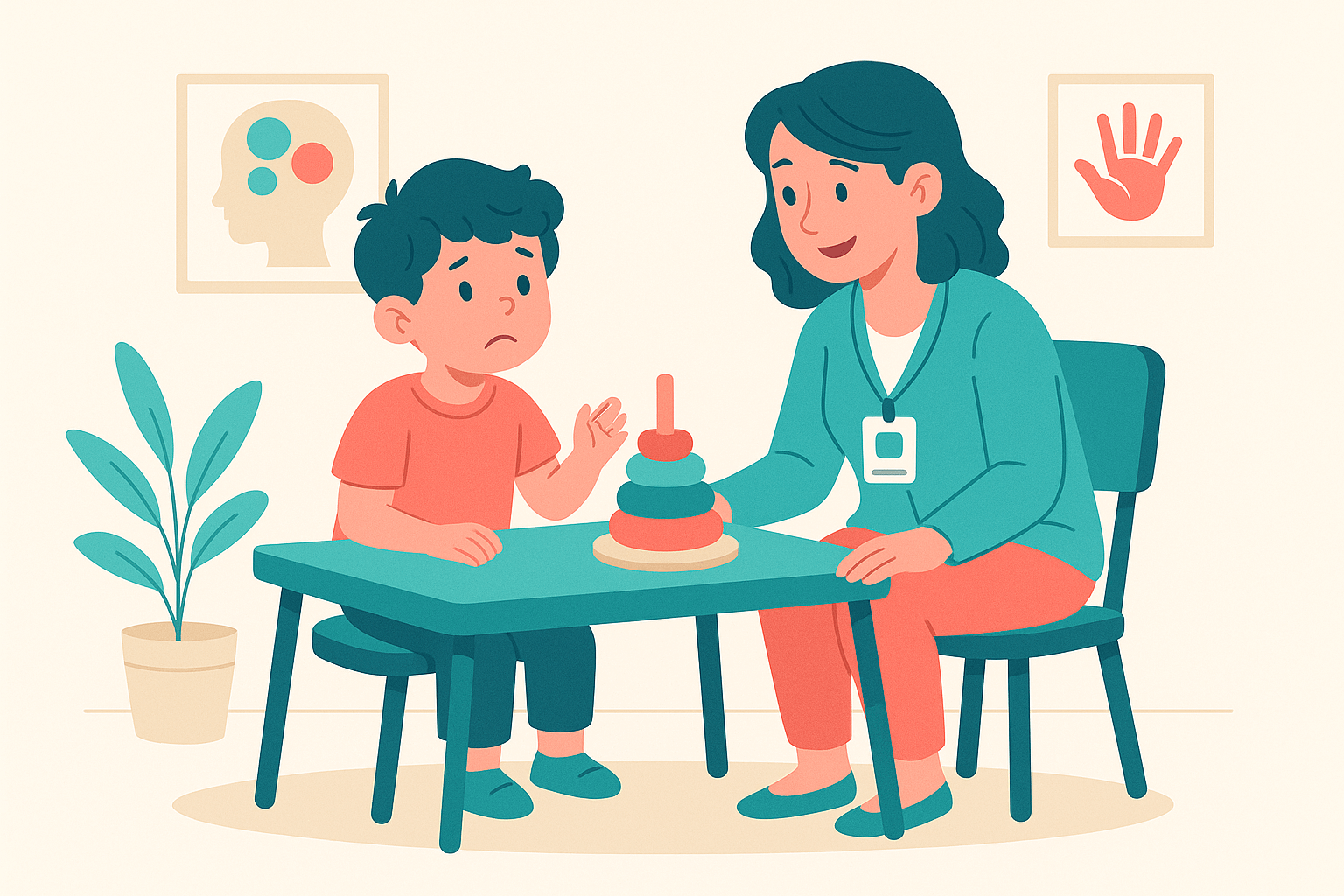
Many activities in these therapy sessions use sensory integration therapy. This kind of therapy helps kids with body awareness. It also makes it easier for them to tell different kinds of sensory information apart.
- Therapists assess sensory responses, emotional triggers, and routines.
- Sessions include guided play, exercises, and motor-skill development.
- Parents learn tools and sensory diets to continue progress at home.
- Plans are adjusted as children grow and build tolerance over time.
The occupational therapist checks how the child is doing over time. Each visit will use the child’s strengths and work on their sensory processing needs.
Conclusion
Knowing about sensory processing issues means you see that each child is not the same. Every child will have their own needs and their own way to look at the world. There are healthcare providers that can help with sensory integration. This can make it easier for kids to learn the skills they need in everyday life. Asking for help is a good way to be sure the support matches what each child needs with their sensory challenges. This support can make their life better.
Parents and people who look after the child are a big part of this journey. They help make a place where their child’s sensory preferences are important. At the same time, they work to help the child grow. They also help the child feel good and be well. Together, they help the child with their sensory needs in life.

🌟 Take the Next Step in Supporting Your Child 🌟
Loved this guide? Dive deeper with our expert-designed resources!
📘 Explore our eBooks on Sensory Strategies, Routines, and Home Support
Start making everyday life more manageable—and joyful—for your child.
👉 Browse EduWave eBooks on Amazon
🔗 Looking for tools you can use right away? Bookmark or share this Sensory Support Guide with caregivers and educators!
Frequently Asked Questions
How can I tell if my child has sensory processing issues?
Signs that your child’s behavior may have sensory processing issues can show up in many ways. A child may be very sensitive to noise, light, or touch. This is called high sensitivity to sensory input. A child with sensory processing needs may not like to follow routines and can have a hard time with change. They may react in a different way to things like clothing, food, or surfaces. Some children also feel stress or discomfort when they are with other people. If you see these kinds of behavior in your child again and again, it may be a good time to think about a professional evaluation.
What are the signs of sensory processing issues in children?
A child may be very sensitive to touch, sound, or other sensory experiences. This can make some things feel too loud, sticky, bright, or rough to them. A child with sensory processing problems may have a hard time moving from one activity to another. They might avoid certain textures or sounds because it feels bad to them. Sometimes, these children show struggles with motor skills, like holding a pencil or running.
This can also show up as big emotional outbursts or as a need to seek out a lot of different sensory experiences. For example, they may like to spin, jump, or make noise more than other kids. All of these signs show it can be hard for them to handle the sensory information they get every day. It’s important to know these signs, so you can help your child with sensory processing issues feel better and do well.
How do sensory issues affect social and school life?
Children may avoid group activities or struggle in noisy classrooms. They might find it hard to concentrate, participate, or feel confident in peer settings. This can lead to frustration, isolation, or falling behind academically unless properly supported.

